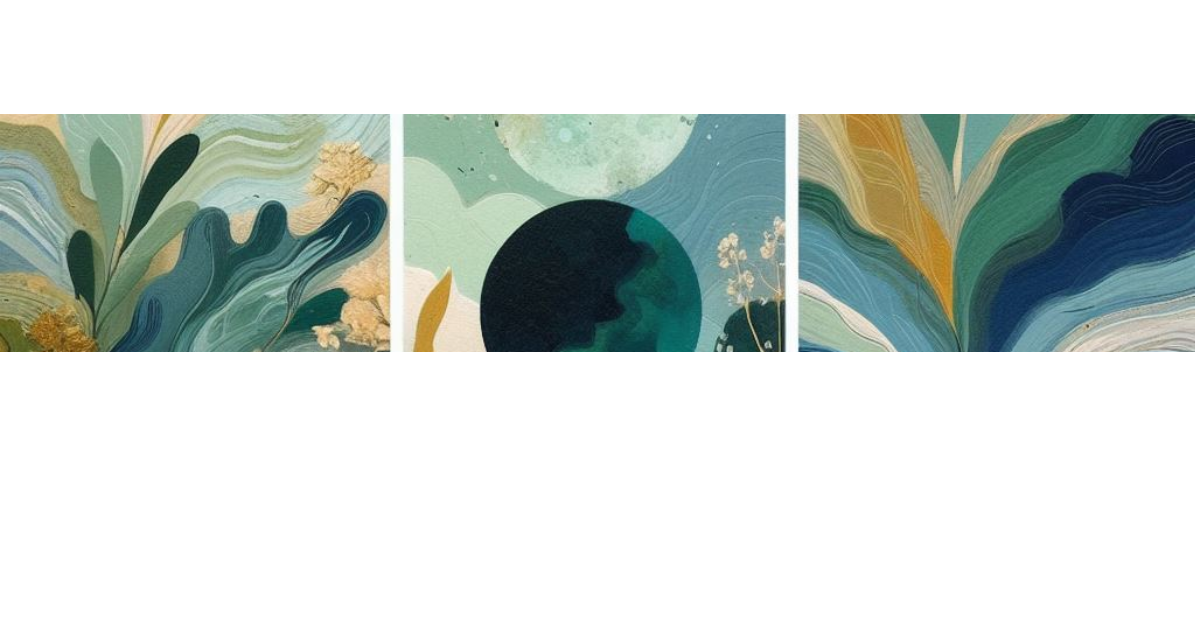
About Advanced Integrative
Energy Healing (AIEH)
Advanced Integrative Energy Healing (AIEH) is an energy healing modality that places the soul, and the intelligence of energy, at the forefront of the healing process. It acknowledges that the healer is, in fact, the person seeking support, and the practitioner is the one facilitating the process with compassionate guidance and expertise in the realm of the human energy field.
AIEH is a consciousness-based modality that focuses primarily on the quality of awareness that we are able to bring to moment-to-moment experience; especially when the present moment is one of difficulty. We do this by accessing information directly from the quantum energy field (also known as the biofield or aura), and using trauma-informed somatic and dialogue tools that allow the information to rise up from the subconscious mind up into the light of conscious awareness.
By going directly to the source of information, rather than through the often distorted lens of the mind, we can facilitate a healing process that works from the root up. By using the energy field as the access point, we can affect change on a deep template level of the being, allowing us to see subsequent shifts on all other layers; physical, emotional, mental, and spiritual.
From the Certified Advanced Integrative Energy Healing Practitioner (CAIEHP) website:
A Certified Advanced Integrative Energy Healing Practitioner (CAIEHP) completed a 700-hour Advanced Integrative Energy Healing ™ Program at Langara College, Vancouver, BC which ran from 2000-2020 . Course requirements include: five in depth research referenced case studies, 300 documented client treatments, with a minimum of 100 treatments in supervised health care settings, including hospitals, clinics, and private health care practices. An intensive internship was completed prior to graduation and has included 14 international internships.
CAIEHPs are eligible for professional liability insurance through the Natural Health Practitioners of Canada
Students provided treatments in the following health care settings:
Vancouver General Hospital Wellness Centre
St.Paul’s Hospital Mental Health Program
VCH - Residential Drug and Alcohol Program (Pacifica)
FHA - Fraser South Eating Disorders Program
West Vancouver Seniors Centre
-
Vancouver General Hospital Palliative Care
Surrey Memorial Hospital
Grandview Woodlands Mental Health and Addictions
Cottage Hospice
VCH - Vancouver Eating Disorders Program
VCH - GF Strong Rehabilitation Centre
Lions Gate Integral Health Centre
Raven Song Community Health Centre
Friends for Life - Private Health
FAQs
-
In short - no. While Advanced Integrative Energy Healing (AIEH) and Reiki are both modalities within the energy healing umbrella, they differ significantly in both their origins and the training required in order to practice. While Reiki is of Japanese origin and predominantly uses activating symbols to open energy channels within a person, AIEH is built on the foundation of a variety of teachings; including: Energy Medicine and Biofield work predominantly in the style of Barbara Brennan; Integral Yoga Psychology with a focus on the teachings of concentric mapping by Sri Aurobindo, and Nervous System Regulation, Trauma Processing, and Body Reading work taught by experts such as Steven Porges, Pat Ogden, and Bessel Van Der Kolk. The biggest difference may be the training required in order to become a practitioner. Reiki Levels 1, 2, and 3 (Master/Teacher) involve short-term studying of 6-8 hours per level, with 12 case study hours required in order to move to the teaching level (according to their website). An AIEH practitioner has to have completed 700-hours of in-person study and supervised clinical practice, with an additional 300 hours of documentation work. AIEH study is focused on personal growth, biofield work, and trauma-informed client-centred healing. Practitioners use psycho-therapetic dialogue techniques for client-led work, biofield and chakra assessment and repair work, as well as polyvagal-theory informed trauma work. These techniques in combination strive to create as safe an environment as possible for the client’s nervous system, and therefore, a therapeutic container for a grounded and soul-centred healing process.
-
While AIEH is psycho-therapeutic in its approach, it is not like conventional therapy. In most sessions, the beginning of the treatment will involve some dialogue with the purpose of exploring the somatics (body-based sensations) behind what you choose to share. We track sensations in the body in order to get a deeper understanding of the possible origins of your challenges (physical, mental, emotional, or possibly past-life, timeline, or energy-interference related). During the part of the treatment where we are working directly with your energy field, there is dialogue and conversation when necessary to guide us deeper into the process, though we also allow sufficient space for silence and your own exploration of what is unfolding as we enter more non-ordinary states of consciousness.
-
With all consciousness-based work, each person will have variations in their experience, though there are some common themes. At first, people may feel an increase in tension, anxiety, or an exacerbation of the challenges they have brought to the session, but find they quickly start to feel like they have more capacity to observe themselves in these states. As the session progresses, many people find themselves growing heavier and more relaxed; some even falling into a deep state of theta brainwaves where they feel ‘here, but also somewhere else’ - a state almost akin to a conscious, deep sleep. Some people experience visuals with images or colours, while others become more sensitive to tracking sensation or energy in their bodies. Some people feel the presence of guides, angels, or loved ones that have crossed over. Typically, by the end of the session there is an overall feeling of more space to breathe, more groundedness and relaxation in all parts of the mind and body, and a broader perspective regarding the initial challenges. Often there is a reduction in pain, a closer connection with heart-centeredness, and an overall feeling of being supported.
